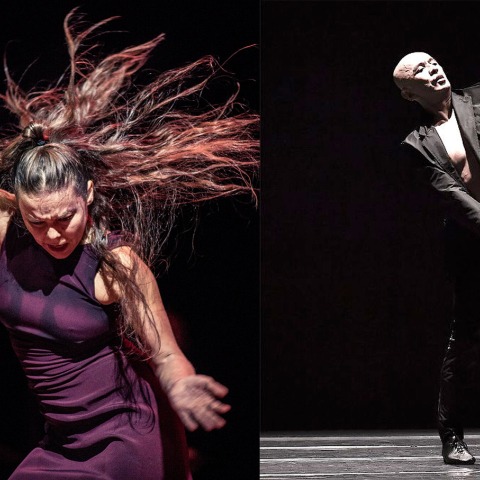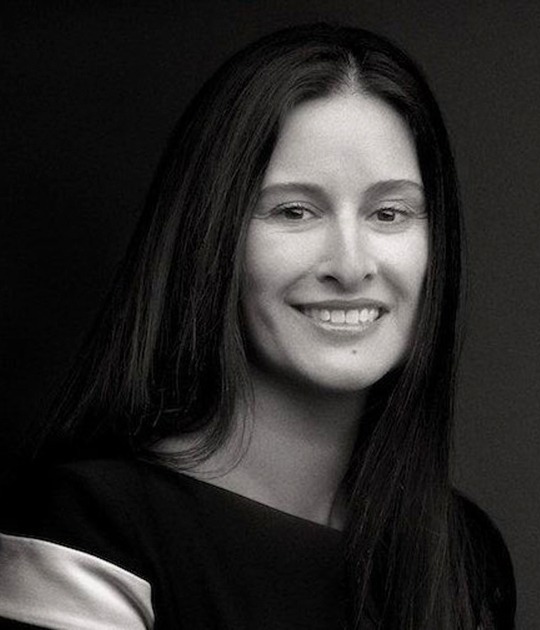The awarding of the prizes takes place the following morning at the theater Arsenale.
The event begins with the Leone d’Argento Rocío Molina, a figure of great importance in the Flamenco tradition, a dance that moves from the Andalusian gipsy culture, therefore from the Roma tradition. People without a homeland have always been present in the arts, just consider the Buenaventura or Caravaggio’s Bari.
The event begins with the Leone d’Argento Rocío Molina, a figure of great importance in the Flamenco tradition, a dance that moves from the Andalusian gipsy culture, therefore from the Roma tradition. People without a homeland have always been present in the arts, just consider the Buenaventura or Caravaggio’s Bari.
"He is literally one of the most important flamenco artists. It brings something meaningful and precious to flamenco and puts it at its core. We consider Rocio Molina to be one of the most important artists in our country, and not only for flamenco.
I first heard about her from José Luis Ortiz Nuevo: "There's a girl in Malaga who does not just dance well, she's an artist." Rocío Molina's work soon entered the space that Israel Galván had opened to flamenco since Los Zapatos Rojos. The word revolution is too much a publicity stunt, too much a cry of alarm if you like. I prefer to talk about metamorphosis, I don't know, like the one that Enrique Morente or Camarón de la Isla produce in flamenco at a given moment.
It's not just about singing. They are groundbreaking and change the parameters, rules and even emotions in the art experience, in the experience of flamenco, once and for all. Rocío Molina, by instinct and intelligence, immediately accessed this territory and took it to new levels. Very early. The way in which he gave knowledge to his body and, from his body to flamenco, occurred from the very beginning. The appearance of Rocio Molina in this new territory is a sort of an epiphany..."
I first heard about her from José Luis Ortiz Nuevo: "There's a girl in Malaga who does not just dance well, she's an artist." Rocío Molina's work soon entered the space that Israel Galván had opened to flamenco since Los Zapatos Rojos. The word revolution is too much a publicity stunt, too much a cry of alarm if you like. I prefer to talk about metamorphosis, I don't know, like the one that Enrique Morente or Camarón de la Isla produce in flamenco at a given moment.
It's not just about singing. They are groundbreaking and change the parameters, rules and even emotions in the art experience, in the experience of flamenco, once and for all. Rocío Molina, by instinct and intelligence, immediately accessed this territory and took it to new levels. Very early. The way in which he gave knowledge to his body and, from his body to flamenco, occurred from the very beginning. The appearance of Rocio Molina in this new territory is a sort of an epiphany..."
Pedro G Romero.

Rocío Molina in Fallen from Heaven (Caida del Cielo). Photograph by Foteini Christofilopoulou. Image courtesy of La Biennale di Venezia.
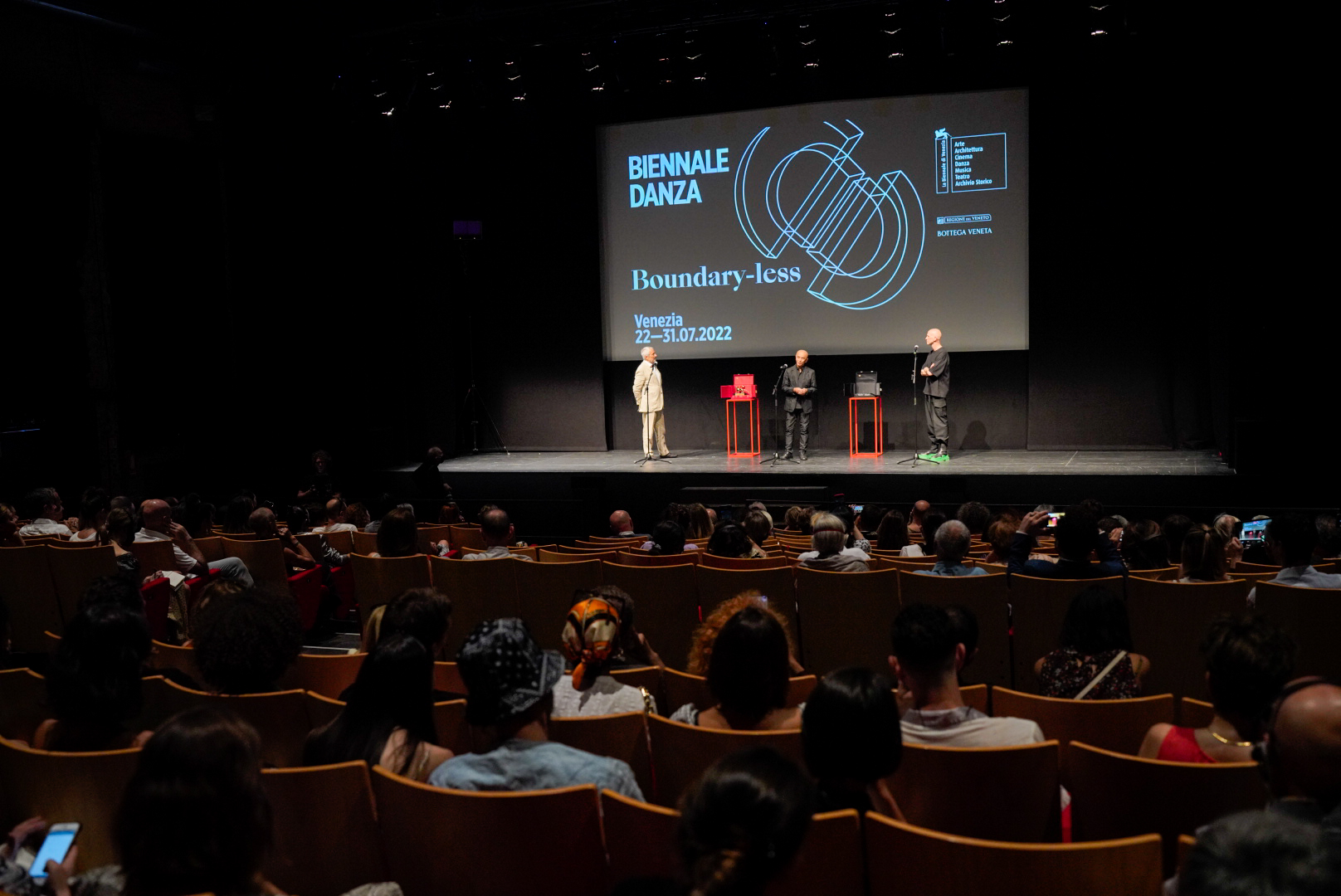
Image courtesy of La Biennale di Venezia.
The awarding of the Leone d’Oro to Saburo Teshigawara on behalf of both the President and the Director follows.
The director, in motivating the award, says: "Brave, extraordinary, sensitive and electrifying, Saburo Teshigawara has inspired, challenged and galvanized many generations of artists. Teshigawara's sharp sculptural sensibility, his powerful sense of choreographic forms and his very personal language coalesce to create a world that peculiarly is his. His practice spans a wide range of disciplines, from theater to visual arts, from film/video to the set design, lighting and costumes for all of his shows.
It is his ability to build entire artistic ecosystems, alongside his inexhaustible courage to unlearn that makes him unique compared to other artists.
Teshigawara grasps the power of a body in constant transformation and is determined to expand the potential of choreography beyond traditional limits. His pioneering attitude, his incomparable technique and his mastery of means result in works that cross borders by sliding across genres."
It is his ability to build entire artistic ecosystems, alongside his inexhaustible courage to unlearn that makes him unique compared to other artists.
Teshigawara grasps the power of a body in constant transformation and is determined to expand the potential of choreography beyond traditional limits. His pioneering attitude, his incomparable technique and his mastery of means result in works that cross borders by sliding across genres."
Teshigawara, in greeting and thanking the participants, did not miss to dedicate the Leone d’Oro to Rihoko Sato; nor did he miss to recall the importance of supporting the younger generations, to which he recommended, in the face of something difficult, to feel isolated, to have the courage to experience, to be oneself in all circumstances, to go through fragility and fears, because this movement builds more powerful mood for the construction of a work of art. Teshigawara's messages are frank, direct, and sincere; they are authentic and always invite one to get involved, and this Leone d’Oro is a great gift for all of us and for all those who love the arts, of them.
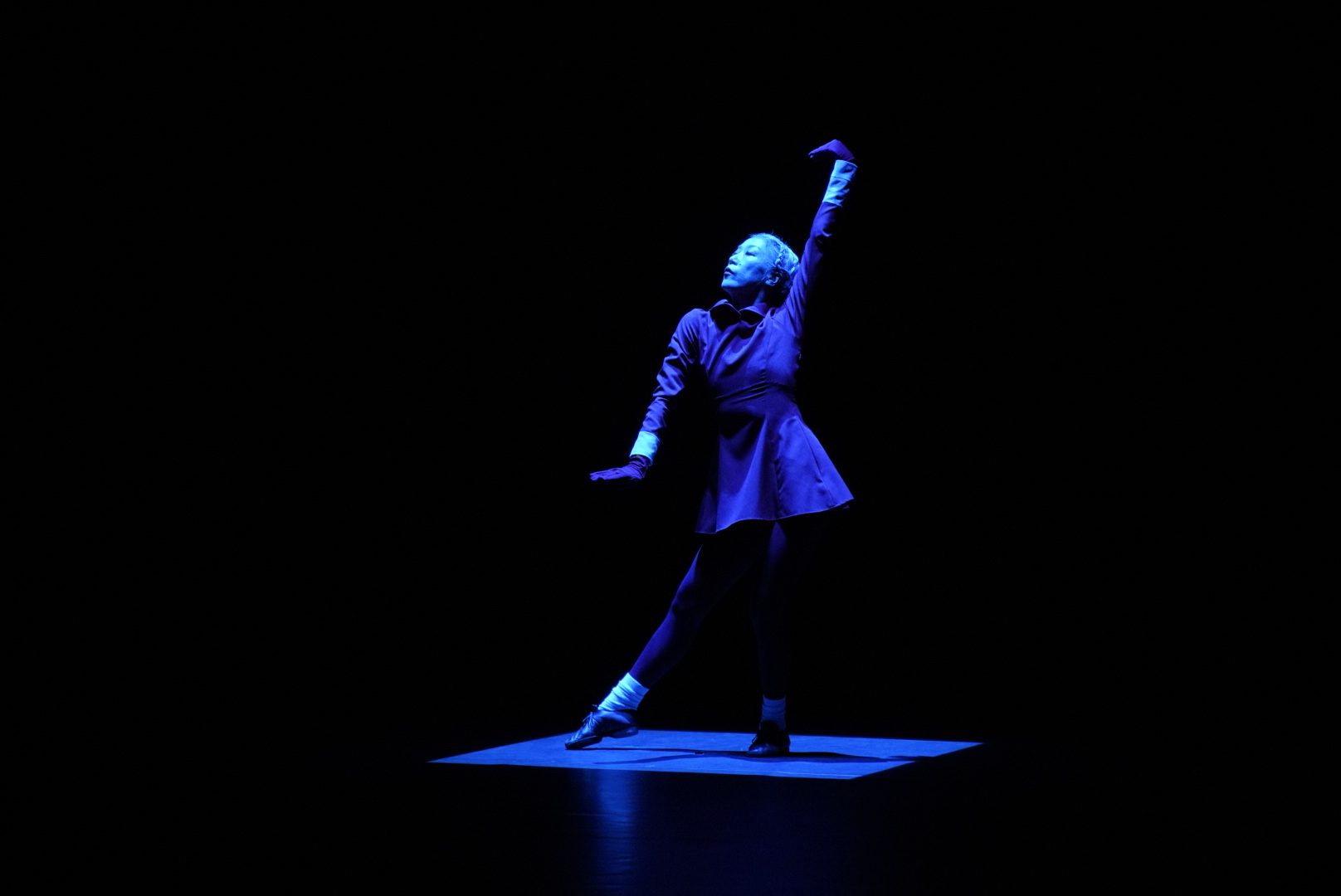
Rihoko Sato. Image courtesy of La Biennale di Venezia.
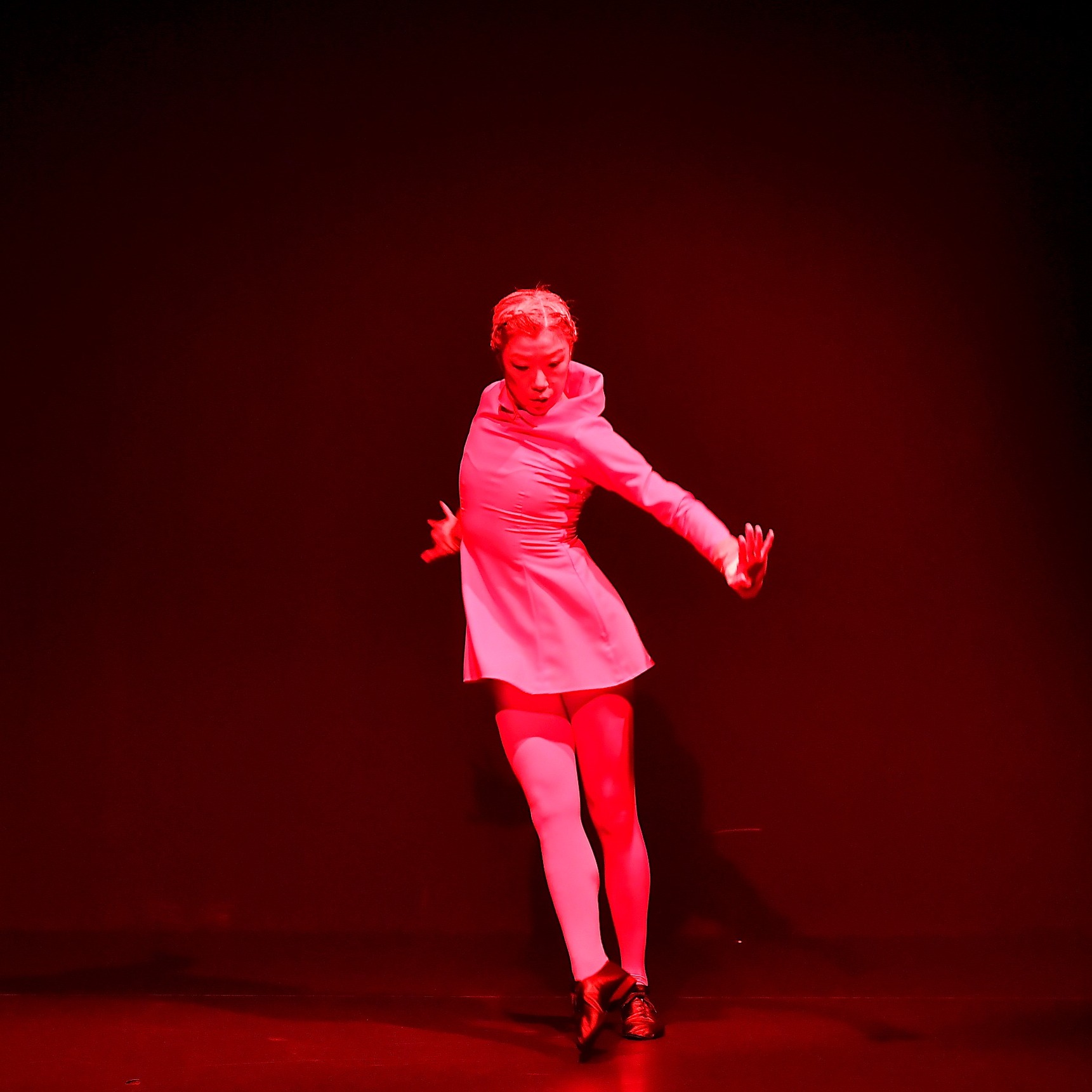
Rihoko Sato. Image courtesy of La Biennale di Venezia.
